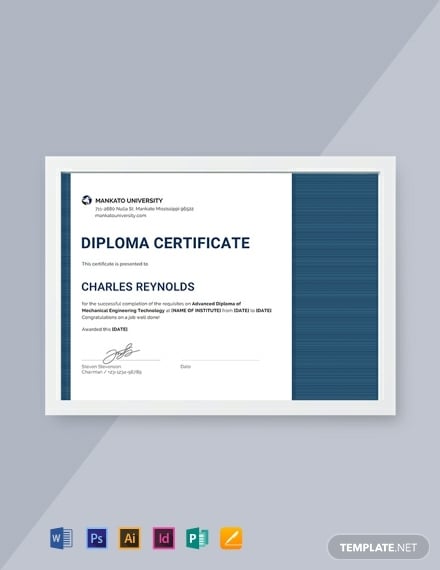

Gangly lines of words with large spaces, barely holding together. For a clear example, look at the third paragraph down. Click to enlargeĪlmost every line of the Word version shows why it’s not a typesetting program. I think it’s really interesting to compare these two pages. Arranged my page and type specs to match the Word file.Set up a text frame and imported the file.Grabbed a template for a 5-1/5″ x 8-1/2″ book.It’s not cheap, but it’s designed as a tool for professionals, and in that context it’s actually a bargain. It has remarkable flexibility and amazing precision in its controls. This program is the inheritor of decades of typesetting expertise and programming.

Transition from microsoft publisher to indesign pdf#
I saved the resulting page as a PDF file so I could export it to a JPEG.

I thought it would be interesting to look at a direct, head-to-head comparison. Typesetting was an expensive business, and the people who bought type for books and magazines were skilled professionals who expected a quality product. In contrast, today’s typesetting programs are descendants of early professional-level computerized typesetting systems that had taken over from film-based typesetting machines. In fact, the original word processors typed with mono-spaced fonts-where each letter or number or punctuation takes up exactly the same amount of space-just like on a typewriter. This was partly intended to calm the anxieties of the millions of secretaries and assistants who were being asked to switch to computers. They were originally meant to mimic the “look and feel” of the familiar typewriter. The problem is that these programs are the direct descendents of typewriters, not typesetting systems. Most of these books are “typeset” with Microsoft Word or another word processing program. I’ve been seeing a lot of the books self-publishers are producing on their own.


 0 kommentar(er)
0 kommentar(er)
